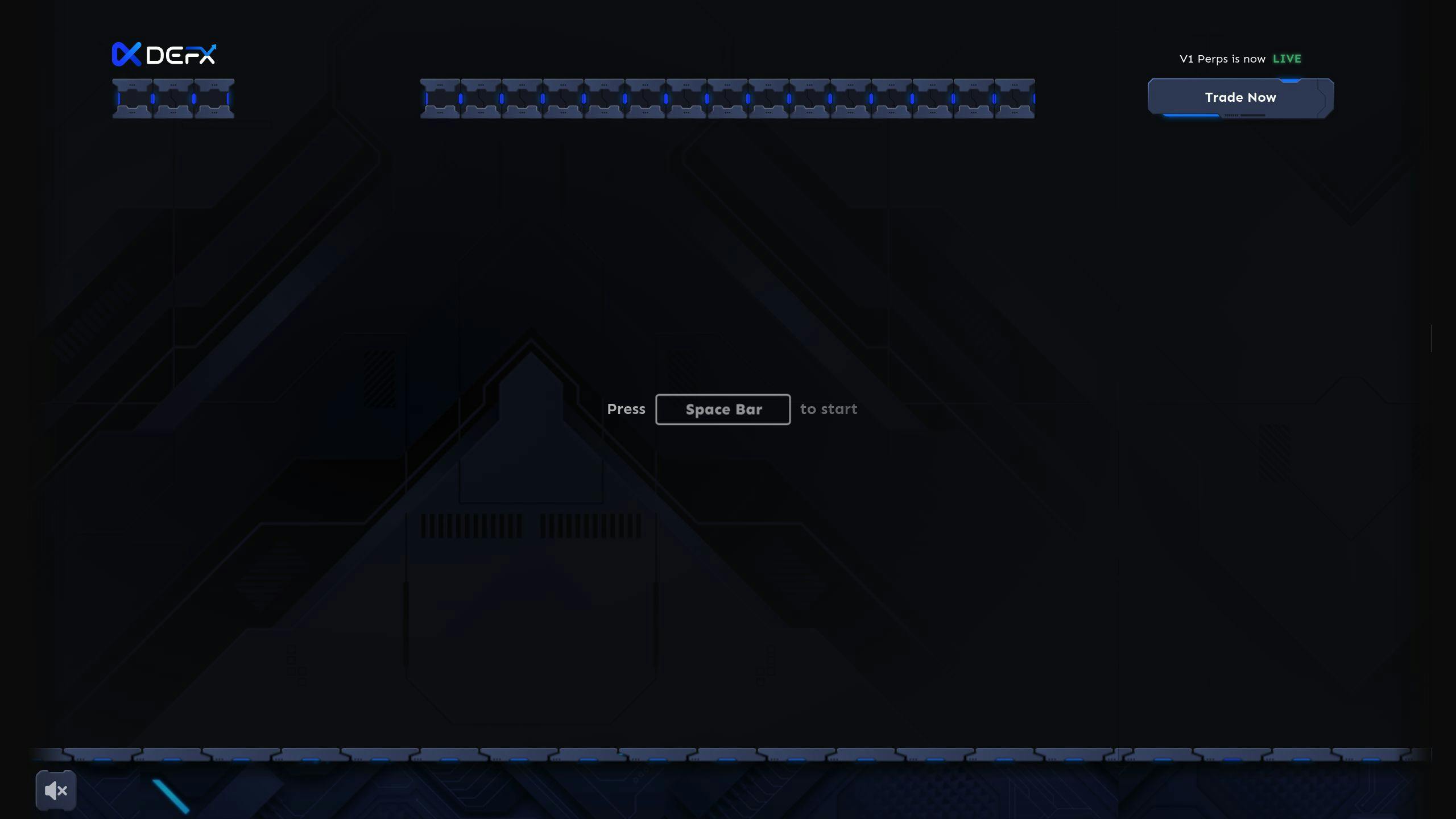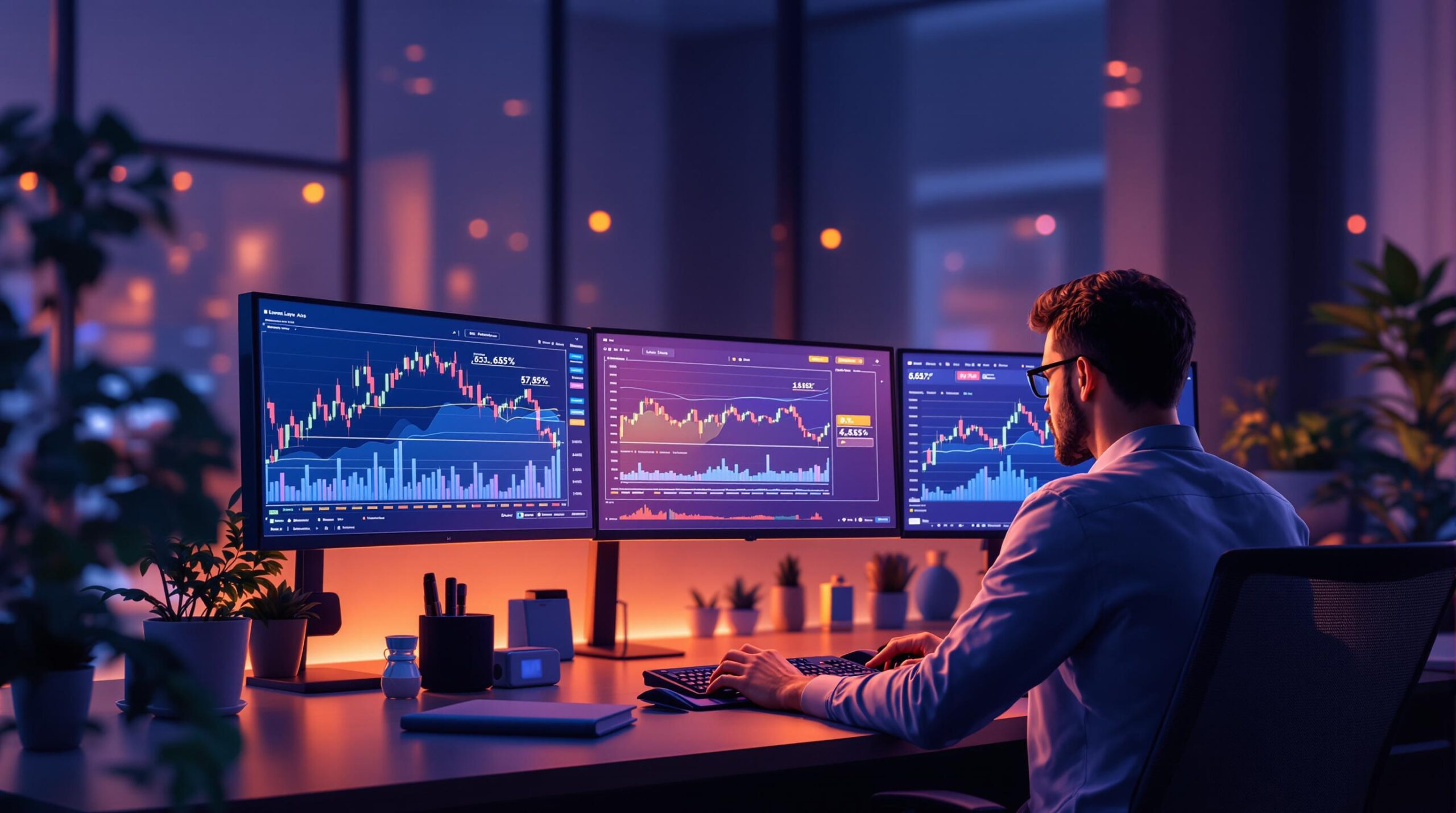Leverage ratios in crypto trading let you control larger positions with a smaller investment, amplifying both potential profits and losses. For example, with 10x leverage, $1,000 controls a $10,000 position. However, even small price changes can lead to significant gains or liquidation.
Key Takeaways:
- Common Leverage Levels: Ranges from 2x to 50x, with higher leverage increasing risks.
- Impact of Leverage: A 5% price change with 10x leverage equals a 50% profit or loss.
- Risks: High leverage (e.g., 50x) can liquidate your position with just a 2% price drop.
- Risk Management Tips: Use stop-loss orders, monitor margins, and start with lower leverage (2x-5x) as a beginner.
Quick Comparison Table:
| Leverage Ratio | Position Size (with $1,000) | Price Drop for Liquidation | Risk Level |
|---|---|---|---|
| 2x | $2,000 | 50% | Low |
| 5x | $5,000 | 20% | Moderate |
| 10x | $10,000 | 10% | High |
| 50x | $50,000 | 2% | Very High |
Leverage trading can be rewarding but requires disciplined risk management. Start small, choose the right platform, and always protect your capital.
Leverage Ratios in Crypto Markets
Common Leverage Ratios: 2x to 50x
Crypto exchanges let traders use leverage ranging from 2x to 50x, allowing you to control a larger position with a smaller upfront investment. Here’s how leverage impacts your trading position:
| Leverage | Initial Capital | Position Size | Required Margin |
|---|---|---|---|
| 2x | $1,000 | $2,000 | $500 |
| 5x | $1,000 | $5,000 | $200 |
| 10x | $1,000 | $10,000 | $100 |
| 50x | $1,000 | $50,000 | $20 |
For example, platforms like Defx Perps DEX offer leverage as high as 50x. This creates opportunities for higher potential returns but also brings greater risks, particularly around margin requirements and the chance of liquidation [1].
Margin and Liquidation
Higher leverage lowers the margin you need to open a position, but it also increases your exposure to risk. For instance, with 10x leverage, a $1,000 position only requires $100 in margin [1][2]. However, the trade-off is increased sensitivity to price movements. At 50x leverage, even a 2% price drop against you can lead to liquidation [1].
Key points to consider:
- Initial margin is what you need to open a trade, while maintenance margin ensures the position stays open.
- Market volatility can quickly impact your margin requirements.
- Larger positions relative to your margin increase the likelihood of liquidation.
Effectively managing these factors is critical. Staying on top of your margin levels and applying strong risk management practices can help you navigate the challenges of high-leverage trading [1][2].
Pros and Cons of Leverage
Benefits of Leverage Trading
Leverage allows traders to amplify their potential returns, making it possible to take advantage of market opportunities even with limited capital. It also helps traders spread their investments across multiple assets while still maintaining meaningful exposure, which can improve portfolio balance and risk management.
Dangers of High Leverage
While leverage can boost returns, it also increases the potential for losses. High leverage means even small price movements can lead to significant losses or liquidation. For example, using 50x leverage, just a 2% price drop could wipe out your entire margin. The table below highlights some of the key risks:
| Risk Factor | Low Leverage (2-5x) | High Leverage (20-50x) |
|---|---|---|
| Price Drop for Liquidation | 20-50% | 2-5% |
| Speed of Losses | Gradual | Immediate |
| Margin Call Frequency | Rare | Frequent |
| Recovery Potential | Higher | Lower |
High leverage also introduces psychological hurdles. The constant risk of liquidation can lead to emotional decision-making, like panic selling or overcorrecting positions. To manage these risks effectively, consider the following tips:
- Use lower leverage (2-5x) while you gain experience.
- Keep sufficient margin to avoid forced liquidation.
- Stick to strict risk management rules.
- Regularly monitor your positions and adjust leverage based on current market conditions.
These challenges highlight the need for a disciplined approach. While understanding the risks and rewards of leverage is crucial, applying smart strategies is key to staying in the game long-term [1][2].
Using Leverage Effectively
Selecting Your Leverage Level
In markets with frequent price changes, using lower leverage (2x-5x) helps manage the risk of sudden fluctuations. In steadier market conditions, higher leverage might be suitable, but it’s crucial to stay within your comfort zone and risk limits [2].
Here are some factors to consider when deciding on leverage:
| Factor | Suggested Level | Risk Impact |
|---|---|---|
| Experience Level | 2x-5x for beginners | Reduces risk of liquidation |
| Market Conditions | Lower leverage in volatility | Shields against price swings |
| Account Risk | 1-5% per trade | Helps protect your capital |
Choosing the right leverage is just the first step. It’s equally important to use proper risk controls to protect your funds.
Risk Control Methods
To minimize the chances of liquidation during volatile periods, keep a 25% margin buffer [2]. Position sizing is another critical aspect of managing leverage. For example, if you’re using 10x leverage, set stop-loss orders 5% below your entry price to limit potential losses [1].
Key risk control strategies include:
- Monitoring margin levels: Ensure your collateral stays above the required minimum.
- Using trailing stops: Lock in profits as your trades move in your favor.
- Gradual scaling: Build positions incrementally to manage exposure more effectively.
These techniques help address the challenges of high leverage, such as rapid liquidation and impulsive trading decisions. By mastering these skills, traders can confidently navigate advanced platforms like Defx Perps DEX and refine their trading strategies.
sbb-itb-dd9e24a
Crypto Leverage Trading explained (with Animations)
Leverage Trading on Defx Perps DEX

Defx Perps DEX provides tools designed to improve leverage trading while keeping risk in check.
Features of Defx Perps DEX
Defx Perps DEX supports advanced leverage trading on Ethereum and Solana, combining speed and security. Its high-throughput order matching system ensures trades are executed quickly – essential for fast-moving markets.
The platform offers two types of margin trading:
| Margin Type | Description | Risk Level |
|---|---|---|
| Isolated Margin | Uses specific collateral for each position | Limits risk to individual positions |
| Cross Margin | Shares collateral across multiple positions | Offers flexibility but increases overall risk |
Traders retain full control of their assets, minimizing counterparty risks. The platform allows leverage up to 50x, all within a non-custodial framework.
Why Trade on Defx?
By operating on Ethereum and Solana, the platform ensures both security and performance. Key advantages include:
- Advanced tools: Access to sophisticated order types, real-time market data, and transparent on-chain activity for better risk management.
- Permissionless token listings: New trading opportunities with the security of smart contracts.
For new users, it’s advisable to start with lower leverage and gradually increase as you gain experience with the platform and market dynamics.
Summary: Safe Leverage Trading
Leverage ratios play a huge role in trading outcomes. For example, using 50x leverage means just a 2% price drop could lead to liquidation. While higher leverage lowers the margin needed, it also increases the risk of liquidation. This makes managing risk a top priority for long-term trading success.
Key Risk Management Tips
If you’re new to leverage trading, start with lower leverage to gain experience. Here are some strategies to keep in mind:
- Position Sizing: Limit each trade’s risk to 1-2% of your trading capital.
- Stop-Loss Orders: Set automatic stops to cap potential losses.
- Margin Monitoring: Keep enough margin to avoid liquidation.
Choosing the Right Platform
Pick a platform that’s secure and dependable for leverage trading. Look for features like fast execution, efficient order matching, and strong risk management tools. While platforms differ in features, prioritize those with strong security and consistent performance.
Advanced Tips
Consider using isolated margin to confine risk to single positions, or cross-margin for more flexibility across trades. Instead of chasing the highest leverage, aim for better risk-adjusted returns. The real key to success in leverage trading lies in disciplined risk management and smart strategies – not in maximizing leverage.
A balanced approach to risk and reward is essential for sustainable trading. By mastering these principles, you can approach leverage trading with confidence while keeping risks under control. Up next, we’ll address some frequently asked questions about leverage trading.
FAQs
What does cross margin mean in crypto?
Cross-margin trading uses your total account balance as collateral for all your open positions. Unlike isolated margin, where each trade has its own separate collateral, cross margin combines funds across all trades. This allows profits from one trade to support underperforming positions, making it easier to manage your portfolio.
While cross margin can help with margin requirements, it also means your entire account is at risk if one position goes south. This approach offers more flexibility but comes with added risks, especially when paired with high leverage.
What is the risk of leverage in crypto?
Leverage trading carries the risk of magnified losses, which can quickly lead to account liquidation. In crypto markets, leverage ratios often range from 2x to 50x, meaning even small price changes can drastically affect your position.
As mentioned earlier, higher leverage increases both the potential for gains and the risk of losing your entire investment. Being aware of these risks is crucial for creating strategies to manage leverage effectively in crypto trading.
